From the creation of the first automobile to this very day, the German industry’s commitment to technical perfection gave birth to dozens of truly legendary sports cars—and that being said, picking just 15 of them was a daunting task.
In choosing them, we considered cars that have all left a mark on the industry and on automotive culture. By being more than just great driver’s cars, these German sports cars are important pieces of history and some of our automotive all-stars.
#1: BMW 328

In years before WW2, the German automotive industry was fully committed to achieving technological dominance. The late 1930s were thus marked by Auto Union and Mercedes-Benz Grand Prix racers and streamlined speed record breakers, but our first car on the list was something more sensible, yet equally important for the country’s sports car heritage.
In the hands of gentleman racers, the BMW 328 was an accomplished roadworthy sports roadster that one could drive to an event and come back a winner. Thoroughly modified by BMW and bodied by Carrozzeria Touring, it won the Mille Miglia in 1940, carving its place in the automotive pantheon.
#2: Porsche 911

Producing an eternal formula in an industry where trends shift every now and then is virtually impossible, unless that car is a Porsche 911. When it was introduced in the 1960s, the 911 set a benchmark for sports cars—and each following iteration continued to do so to this day.
In addition to that, the 911 was also the foundation for other milestone Porsches, like the 935, the 959 and the 911 GT1. At one point in history, a 911-based RUF CTR was the fastest production car in the world too, adding more proof to the claim that the 911 is the greatest sports car ever created.
So, which 911 is the one? Let’s say it’s each and every one. In the early 1970s, it was the 2.7 RS, and then came the 930 Turbo, opening a whole new dimension of performance. Fast forward to the 21st century, when the reimagined 996 kept the legendary nameplate alive, creating a new chapter in its history by switching to water cooling, and don’t forget the GT models…
Regardless of its age and badge, the 911 is still as close as it gets to a perfect driver’s car—and as such, it remains as relevant as ever.
#3: Mercedes-Benz 300SL
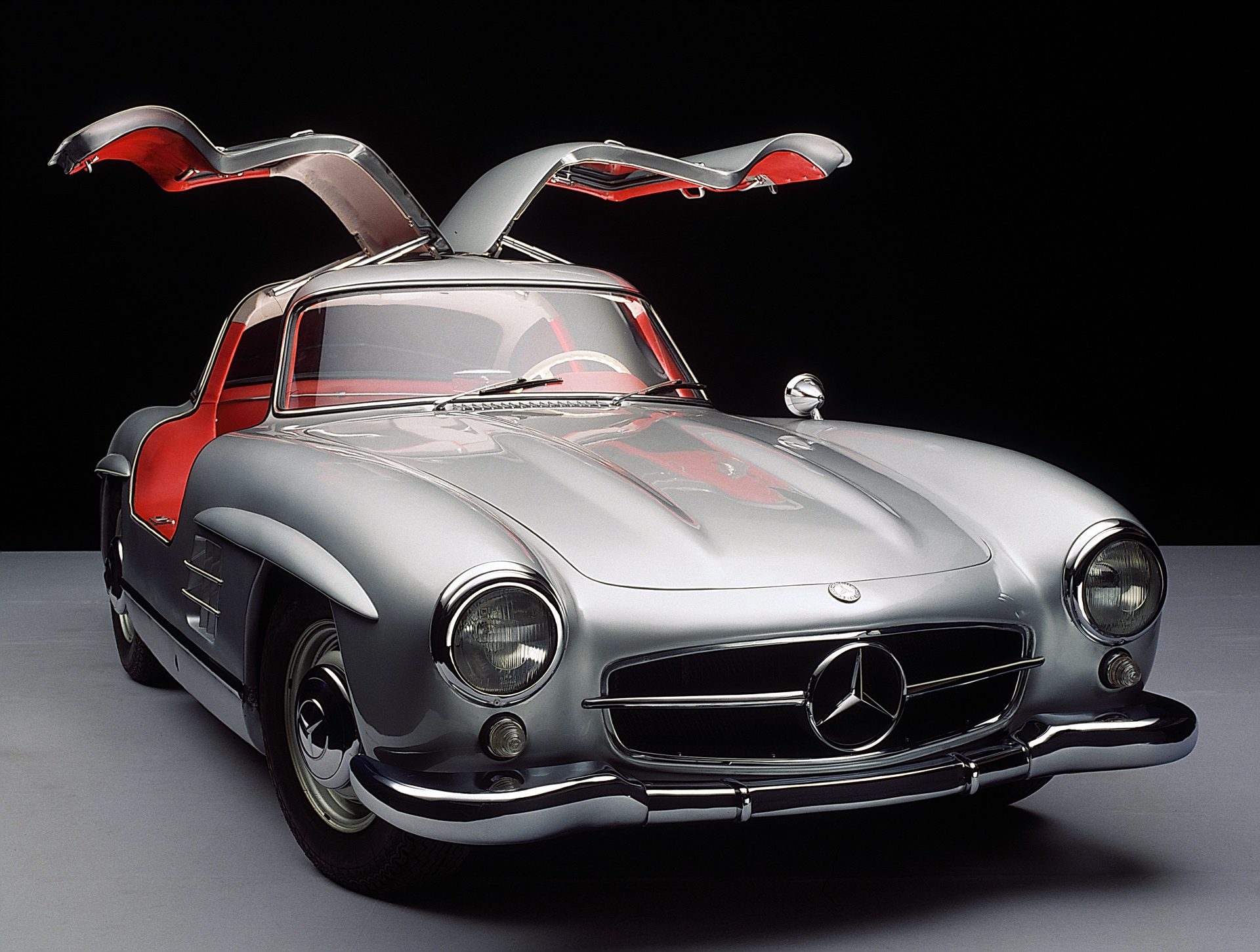
In a decade after WW2 ended, Mercedes-Benz was recouping from huge wartime losses and rose from the ashes, picking up the pace it had achieved before the war broke out. The company got back into racing in 1952 with the W194, a sports car built on a tubular space frame, with an aerodynamic body, gullwing doors and a 3.0-liter straight six.
After scoring considerable success, Mercedes-Benz race principal Rudolf Uhlenhaut was ready to wrap the project and move onto the W196 SLR, but US-based importer Max Hoffman had other ideas for the discontinued race car.
Hoffman managed to convince Mercedes’ officials that there was a market for sports cars based on the W194, and he was right. The civilian 300SL was born, borrowing a lot from its racing counterpart, including gullwing doors, a potent straight-six, and a rear suspension setup. That way, the stylish 300SL both looked and performed as a Le Mans-winning sports car—a winning formula for the booming North American market.
Heralding that Mercedes-Benz was back and ready to reclaim its position in the new world free from the burdens of its past, the 300SL was the epitome of 1950s motoring and a car that defined the post-WW2 German automotive industry.
#4: BMW 2002

This car is the reason BMW as we know it exists in the first place, and it also explains why the Bavarian company is lauded for its sport sedans. So, let’s do a quick recap: BMW was on a brink of disaster following the WW2 and the late 1950s North American debacle, but thanks to some luck, smart investing, and clever engineering, it started fresh with the Neue Klasse.
The Neue Klasse was a modern, engaging car range with sporty aspirations throughout, but there was one car in particular that stood above the others. It was the 1600 E10—a light and nimble 2-door sedan with all-round independent suspension powered by a spritey 1.6-liter inline four.
As a factory experiment gone right, it soon got a bigger 2.0-liter engine from one of its larger siblings, thus becoming the BMW 2002. The Ti, Tii and Turbo variants gave the 2002 more bang, while racing offspring positioned BMW in both rally and touring car championships across Europe. The 2002 also conquered America, playing an important role in the brand’s immense popularity in subsequent decades.
#5: Audi Sport Quattro

Up until this car, Audi was Volkswagen’s odd child with an uncertain future, but its emergence on the rallying scene changed the brand’s direction forever. The Sport Quattro was a final evolution of the Quattro, a fastback with an innovative and highly capable all-wheel drive drivetrain. Compared to the original car, the Sport Quattro had a shorter wheelbase and more power and was specifically designed to conquer the fabled Group B.
Thanks to the Sport Quattro’s rallying success, the Audi Sport line put itself on the map—but more importantly, Quattro all-wheel drive became an integral part of the brand’s identity. The Sport Quattro was the first step in Audi’s dominance on the race tracks around the globe, and each streetgoing sports car with four rings on the grille owes a whole lot to this one, too.
#6: Mercedes-Benz W124 500E

Even though Mercedes-Benz was no stranger to putting powerful engines in its flagship four-doors, calling the M100-powered W109 and W116 S-Class sports sedans would be a huge overstatement. The W124 500E, on the other hand, is just that.
With some help from Porsche, Mercedes-Benz equipped its midsize executive sedan with a 5.0-liter M117 V8, creating a car that set a high sports sedan benchmark (even though it came exclusively equipped with automatic transmission). Today, the W124 500E is remembered as one of the finest family friendly sports cars—and for being overengineered down to the tiniest bit. It is hailed for its reliability and daily usability.
#7: BMW M5 E60

The greatest BMW’s sports sedan might not be the first M5, nor the two traditional ones that came after it—nor it is the latest and the most powerful M5 CS, but is perhaps the most heavily scrutinized of the bunch. Allow us to elaborate.
The E60 M5 came out during BMW’s hardest offensive on the global market, and the switch in attitude also brought an all new look. To establish dominance, BMW M pushed the ante by redesigning what was basically a Formula 1 V10 engine into a street-friendly powerplant and putting it inside a heavily revised 5 Series sedan and a wagon.
When it was unveiled, the E60 got criticized for all its flaws, most notably the SMG automated manual gearbox and reliability issues. But now that the dust has settled, we can appreciate it for what it truly is: a once-in-a-lifetime family supercar.
#8: Audi RS2

After the Sport Quattro had its glorious rallying moment, Audi found a way to transfer its newfound success to a wider range of cars by establishing the RS range. The abbreviation stood for RennSport (or racing sport), and Audi’s first RS car took top-shelf tech and know-how directly from the racing department to the streets.
The RS2 Avant utilized a homegrown turbocharged inline five engine and quattro all-wheel drive, while Porsche lent its production line, brakes and wheels. This collaboration set a blueprint for future RS cars, making fast five-door wagons the backbone of high performance Audis and setting foundation for one of the most unique lines of sports cars ever to come from Germany.
#9: Porsche Carrera GT
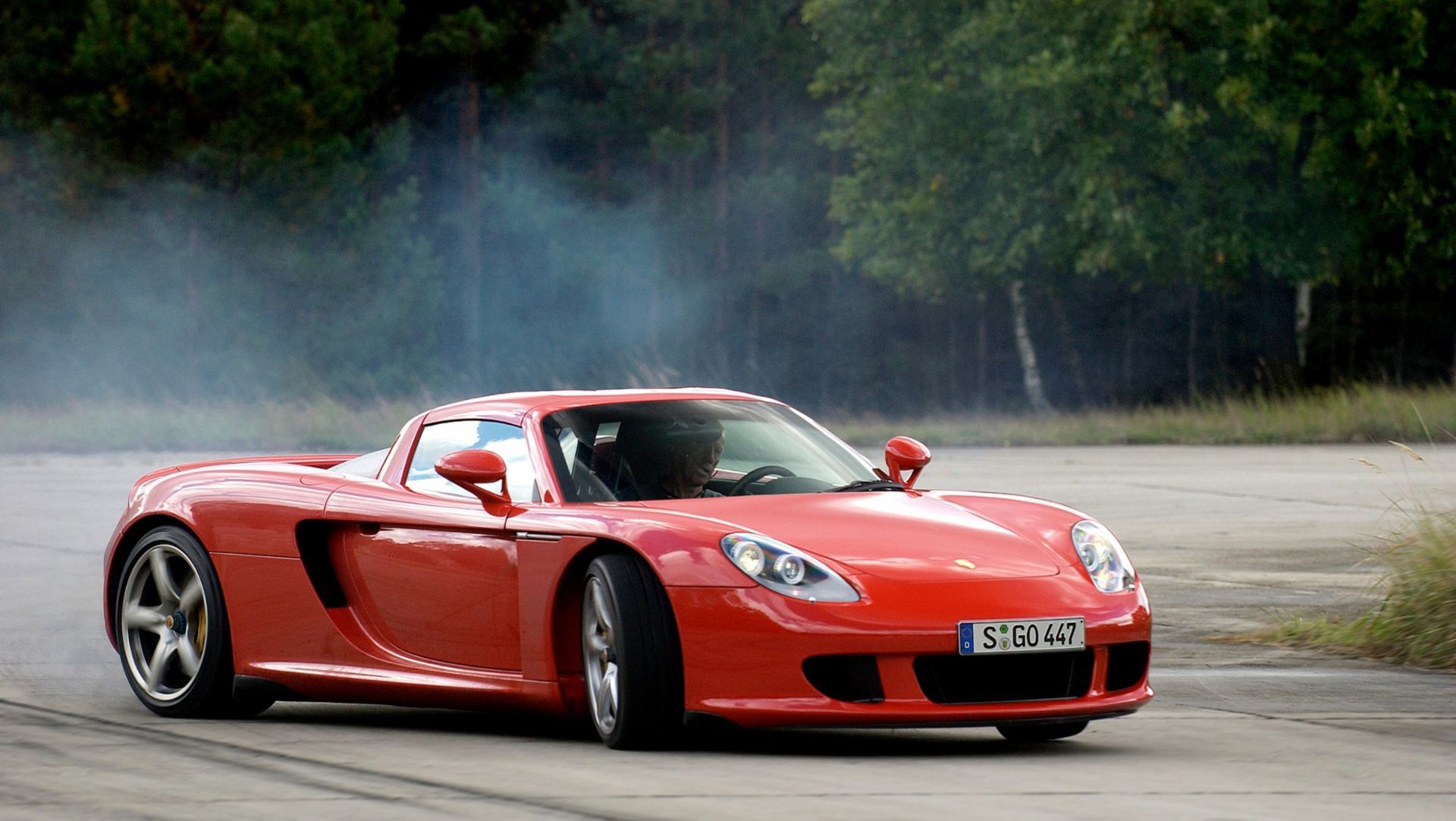
By definition, a hypercar is a high performance, hi-tech, limited production sports car. Well, unless that hypercar is a Porsche Carrera GT. While other highrollers focused on the latest tech when engineering their hypercars, Porsche took a radically different approach. But why?
In short, Porsche wanted a pure sports car. The Carrera GT got a V10 enrooted in Formula 1 and Le Mans efforts, mated to a 6-speed manual with a silicon carbide two-plate dry clutch. This package was then put into a carbon fiber monocoque chassis greatly inspired by the 911 GT1.
There was no electronic stability whatsoever, so the Carrera GT was difficult to handle and near impossible to master. On the upside, it is one of the most intense automobiles ever created and the last of the analog hypercars.
#10: Volkswagen Golf GTI

A car that democratized performance, the original Golf GTI was a moving force for the whole sports car industry. Cleverly engineered and perfectly executed, the Golf GTI was an attainable, mass produced sports car for the people.
As such, this car shifted the focus from roadsters and small coupés into fun front-wheel drive compacts. That being said, its initial impact and enduring presence on the market definitely makes it one of the most important German sports cars of all time.
Now in its eighth generation, the Golf GTI has had a lifetime of ups and downs. After the brilliant original car and its even greater successor, the third and fourth generation have missed the mark—but from the fifth generation onwards, GTI Golfs proved to be nothing short of amazing.
For nearly half a century, this car has been the quintessential hot hatch, and it gave generations of drivers the joys of having a car that’s practical, reliable and a blast to drive, too.
#11: Mercedes-Benz CLK GTR

The idea of a mid-engined Mercedes-Benz has been around since the C111 concept, when Mercedes-Benz resisted pressure from interested buyers and it seemed that a supercar with a three-pointed star would never see the light of day—but then it happened in 1996, seemingly out of the blue.
In all honesty, the CLK GTR wasn’t exactly a car you could buy in a showroom, nor it was a regular car even by high supercar standards. So what was it then and what makes it so great?
In the 1990s, Mercedes-Benz’s revived racing department got its eyes on the BPR Global GT Series that turned into the FIA GT1 series. There, it could cross swords with Porsche, McLaren, Jaguar and other old and new rivals.
To homologate the entry, Mercedes-Benz had to produce 25 roadgoing examples, thus finally coming up with a mid-engined supercar very loosely resembling the entry level CLK coupe. Apart from a few design cues, the street legal CLK GTR didn’t share a single part with the aforementioned vehicle, as it was a tamed race car. And it was an amazing one too: the V12-powered CLK GTR took the 1997 driver and team championship, and it also contributed to the overall triumph in the 1998 season alongside the V8-powered CLK LM.
So far, the CLK DTM is the most extreme Mercedes-Benz sports car ever created, and its racing success makes its historical importance even greater.
#12: BMW M3 E30

As BMW’s answer to the spruced up baby Benz, the BMW M3 was a homologation special designed to take on the rival in the DTM series—but as it turned out, it became much more than that. Just like the 2002 some decades earlier, this spritey 2-door sedan transcended its origins and went on to win hundreds of events around the world, both in circuit racing and rallies alike, becoming one of the most successful sports cars in history.
The original M3 was not the first M Car, but it was the most influential one. More attainable than the M1 and more engaging than the M5, it perfectly embodied BMW’s philosophy of the ultimate driving machine. The M3 soon evolved into BMW’s most recognizable sports car, and even though BMW produced arguably better M3s (E46 we’re looking at you), the E30 is the definitive all-time great for being the dynasty’s progenitor.
#13: Mercedes-Benz 190E 2.3-16

Mercedes-Benz was originally reluctant to downsize and enter the compact executive segment—but when it did, it created one of the finest sports sedans out there. The overengineered 190E brought Mercedes-Benz to DTM, and to homologate it, the 2.3-16 was born.
The car’s piece de resistance was a 2.3-liter 16-valve inline four engineered by Cosworth, mated to a Getrag dogleg 5-speed manual—offering sublime all-round performance as the range-topping baby Benz.
The 190E 2.3-16 played more than a few important historical roles, not just for Mercedes-Benz, but for the history of sports cars as a whole. First of all, it did a lot to attract younger demographics to the brand. It also prompted BMW to come up with the M3, setting another historical milestone for the German automotive industry.
In addition to being a force in the DTM championship of the era, the 2.3-16 was also the car where a young rookie named Ayrton Senna won the all-star race, beating active and retired Formula 1 aces on the new Nurburgring F1 track. The rest is history.
#14: Opel GT

Being a GM-owned entry level brand, Opel was never relevant on the North American market, but it had its own share of sporting successes in native Europe. The most prominent of them all is the Opel GT, a handsome little coupé from the 1960s.
Sporting either a 1.0-liter or a 1.9-liter inline four, Opel GT was modestly powered, but it more than made up for that with a charming low slung Coke-bottle body and its adorable flip-up headlights. Bearing some resemblance to the Corvette, the GT was a consolation prize for Europeans who could not afford the real deal, and its jovial design left a mark on the brand’s often bland history.
#15: Dauer 962
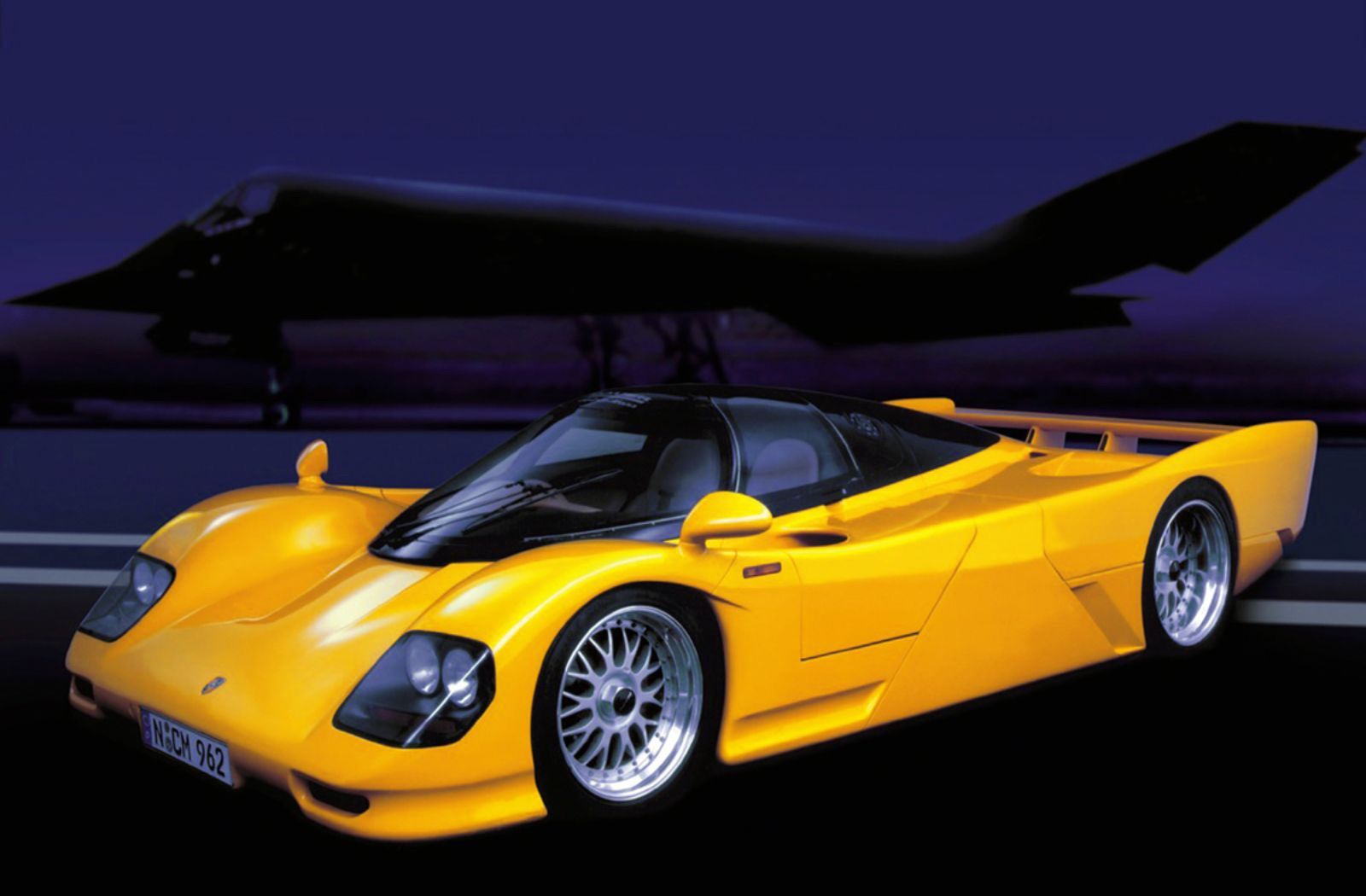


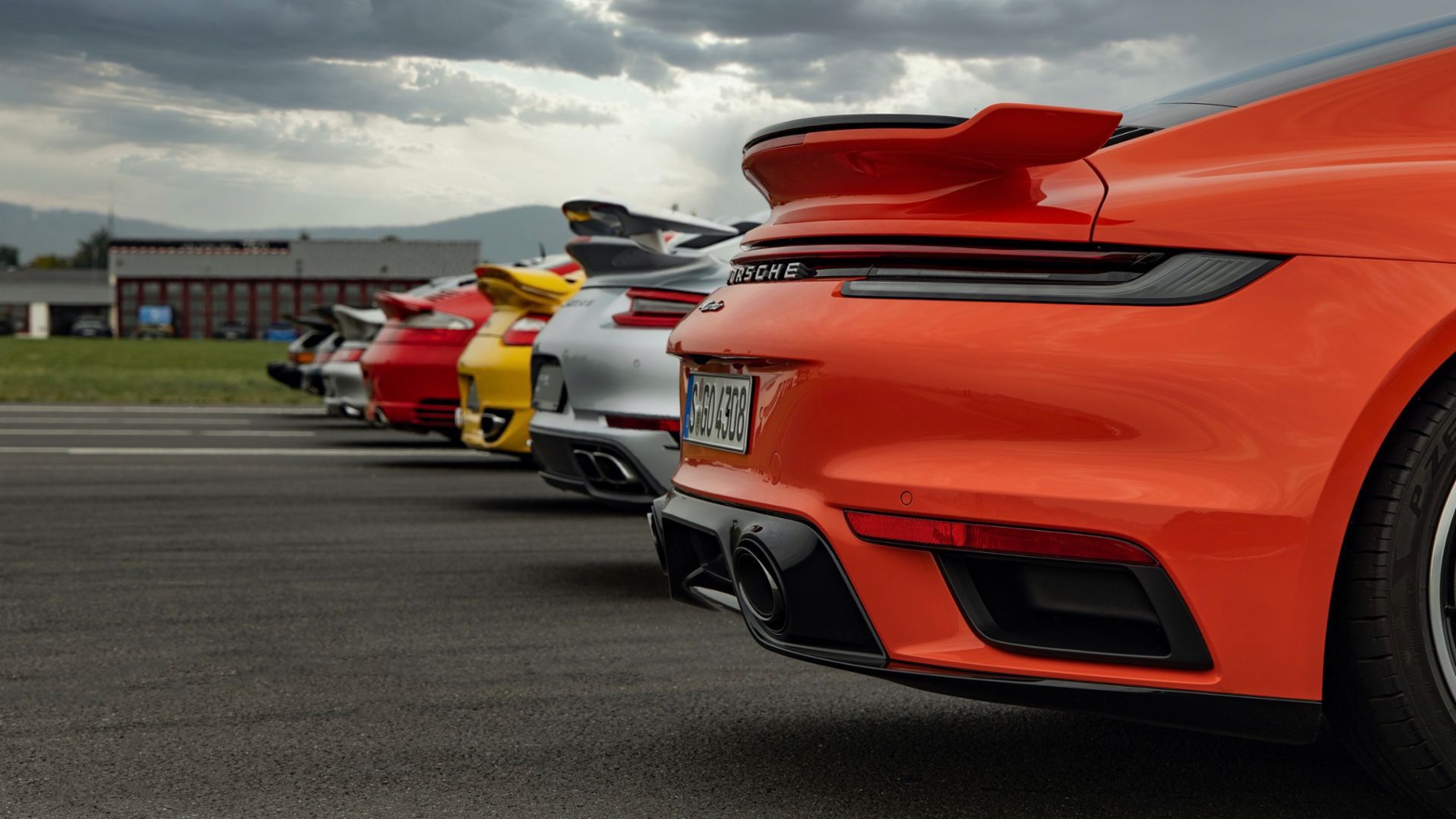

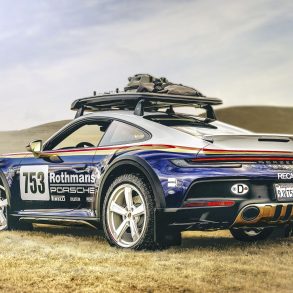
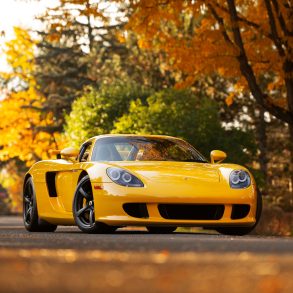

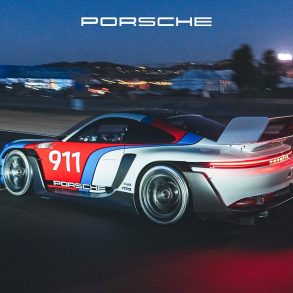



The Opel GT over the Z8? Ridiculous!!
Shame writer couldn’t add a footnote about the 1959 BMW 700 coupe and sedan saving the company from a M-B takeover, and providing needed funding to develop the 1600/2000 range. Hans Stuck could have verified its racing credentials.